The Magic Flute: Directed by Somtow Sucharitkul; Siam Opera; Siam Philharmonic Orchestra, conducted by Trisdee Na Patalung (Amended)

AMITIAE - Monday 5 January 2015
|
The Magic Flute: Directed by Somtow Sucharitkul; Siam Opera; Siam Philharmonic Orchestra, conducted by Trisdee Na Patalung (Amended) |
 |
|
|
By Graham K. Rogers
Support was provided by a number of local organisations, with the BMA sponsoring the last performance, providing free tickets for senior citizens - and not only Thai.
The story was not original, but Mozart had done previous work with the group using similar styles and themes.
Although he may have written over 20 operas, Mozart is best known for four. It is his last, The Magic Flute which causes some commentators most problems with its beautiful musical moments and something of a nonsense of a story. I was helped by two small comments: Somtow Sucharitkul's pre-opening comments, when he referred to The Magic Flute as a pantomime; and a comment by W. Somerset Maugham, "The only important thing in a book is the meaning it has for you".
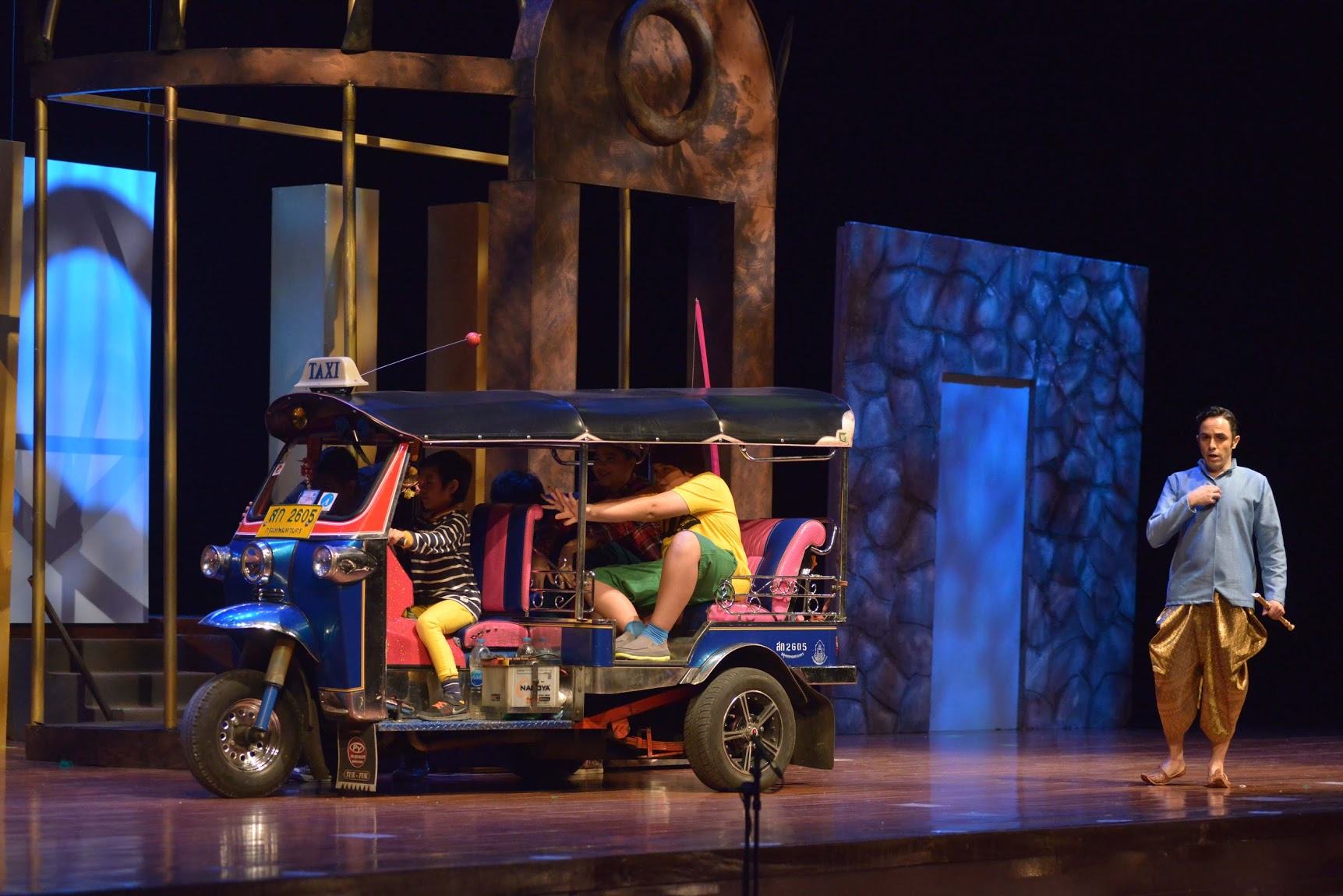
Image Copyright © Bangkok Opera Foundation
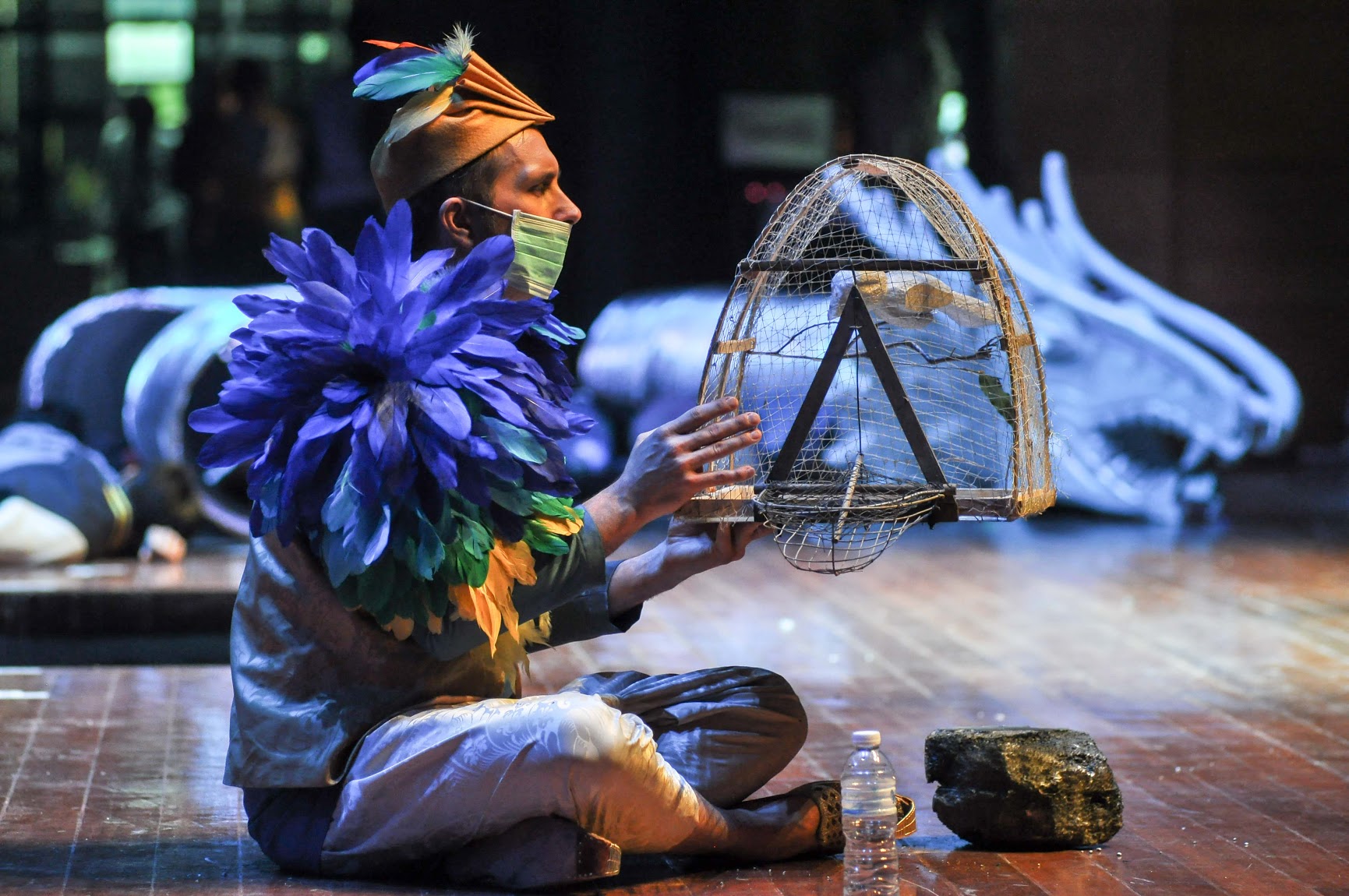
I was initially troubled by the modern-dress dumbshow that bracketed the opera: during the overture and at the close; but with the fantastic nature of The Magic Flute, I interpreted this as the director linking the theme of redemption to the transparency of contemporary life.
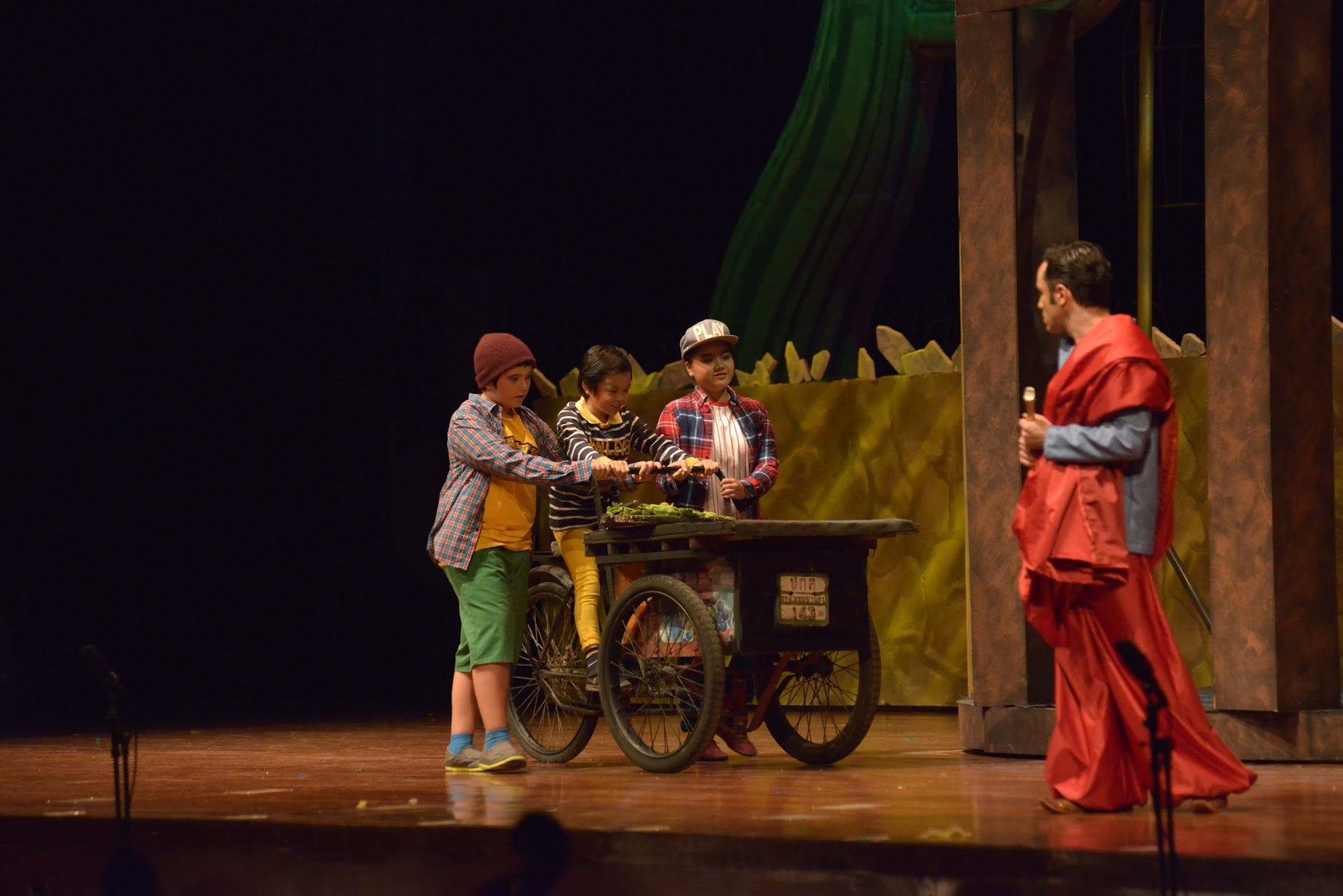
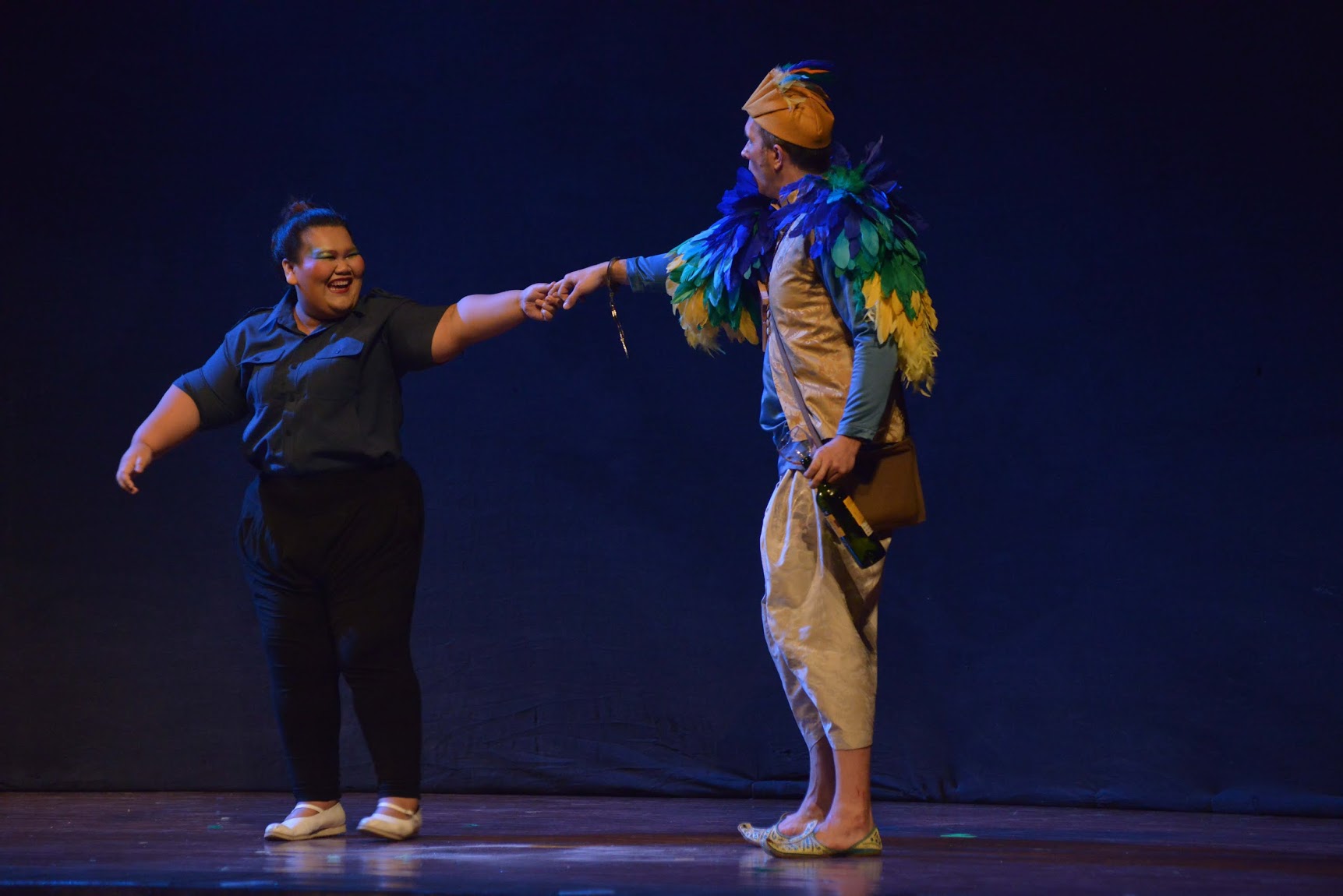
Image Copyright © Bangkok Opera Foundation
Concert-goers here are already familiar with the Siam Philharmonic Orchestra and its body of young talent, but there is also a growing number of Thai singers. Along with the several international cast members, they performed admirably, although some voices were stretched in the Thailand Cultural Centre Main Hall: that is a vast space to fill.
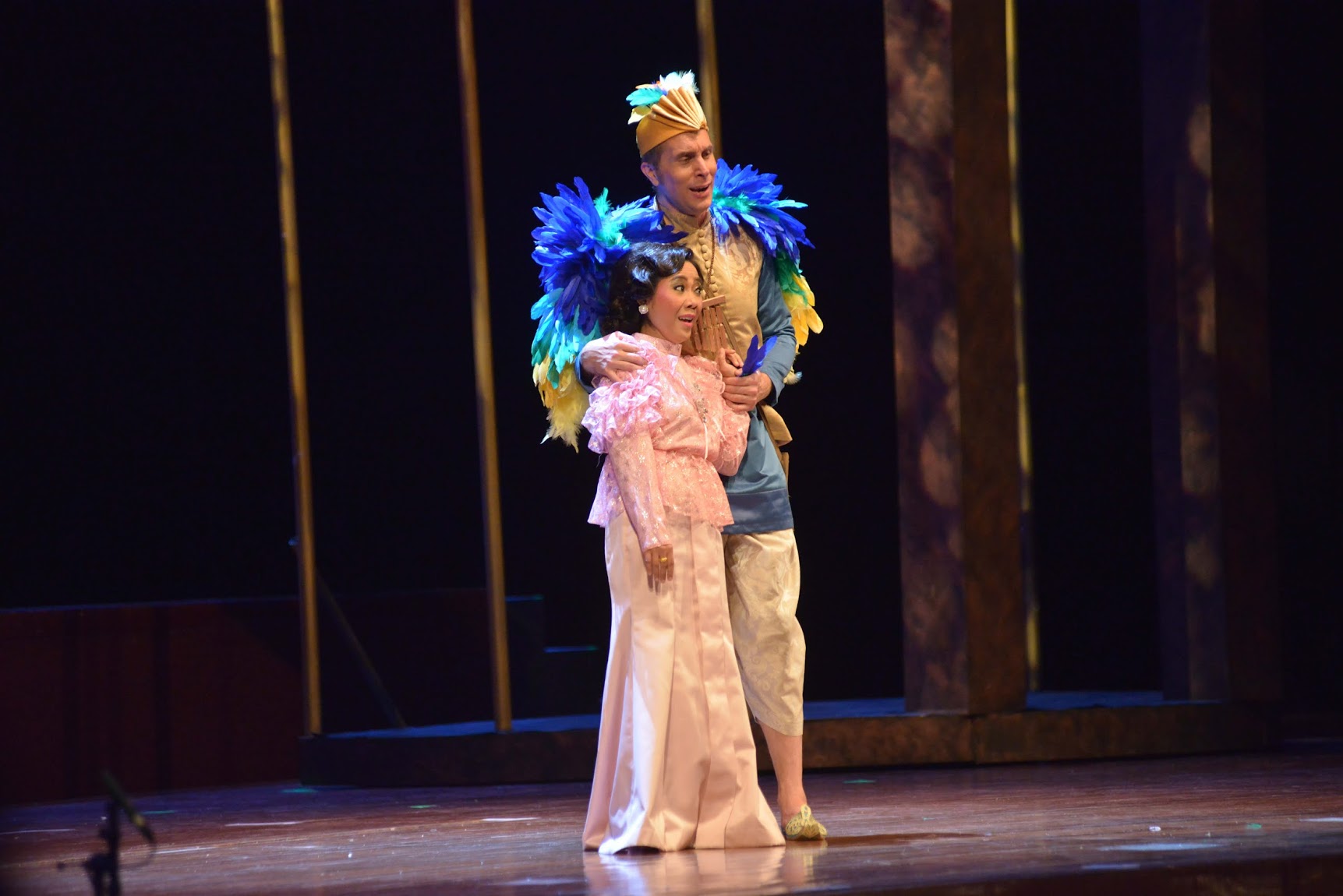
One of the most difficult parts is that of the Queen of the Night. It was written for coloratura soprano: one with an extended range who specialises in the agility certain parts require. The aria from "Der Hölle Rache kocht in meinem Herzen" (Hell's vengeance boils in my heart) is instantly recognizable. I can still hear this in my head days after.

With a 15-minute break between acts and a late start, partly because of the traffic, the Magic Flute ended somewhat after 10 pm, but it was an easy trip home by MRT and BTS. With the house not full, applause at the end was good but not sustained. The other two performances on 26 and 27 December had far larger audiences.
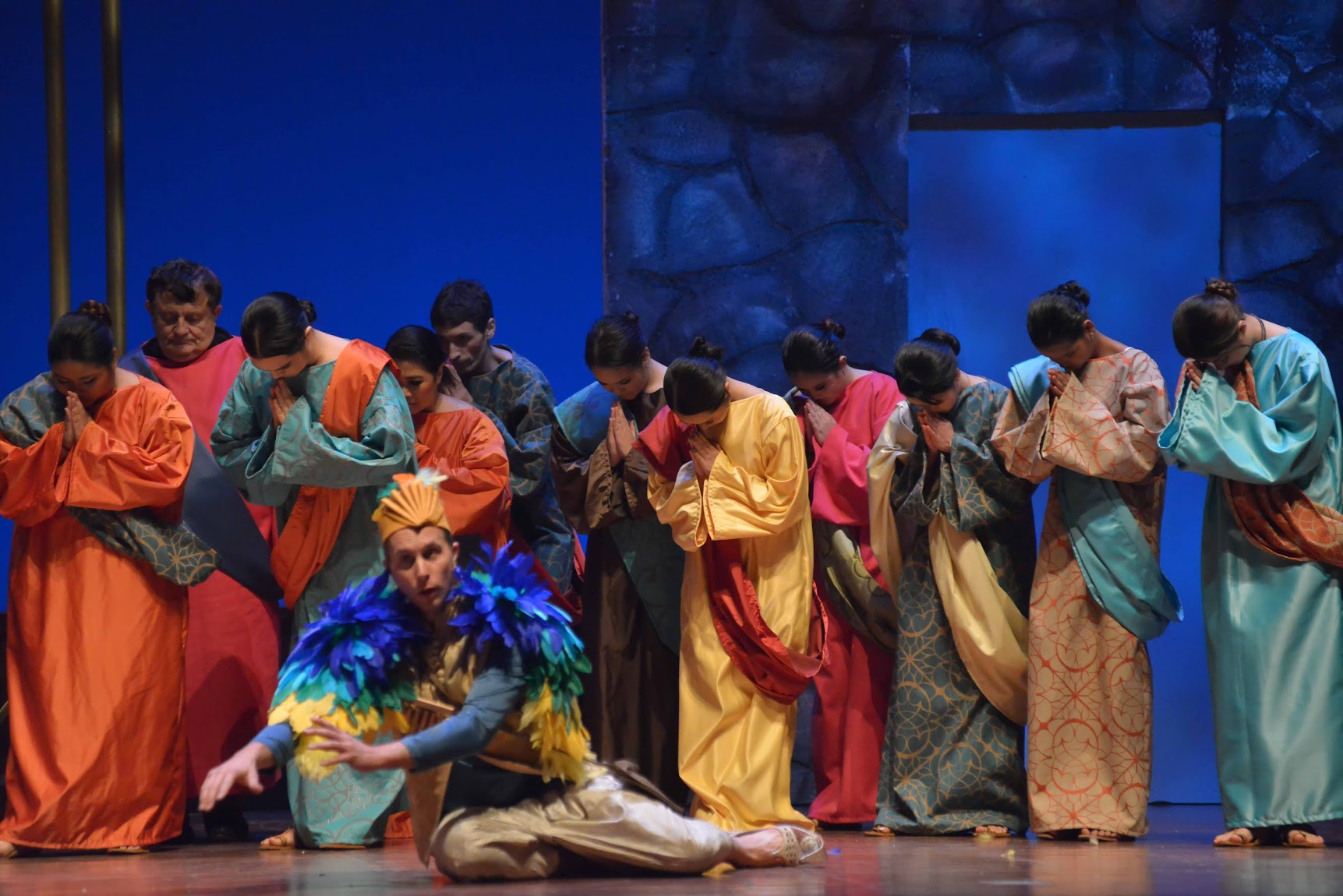
Image Copyright © Bangkok Opera Foundation
That will be followed on 18 February by Mahler's Second Symphony, The Resurrection, completing Somtow's promise to Princess Galyani Vadhana that the Siam Philharmonic Orchestra would perform all Mahler's Symphonies. The availability of such quality music within fairly easy reach of many in Bangkok has become a pleasure for those who enjoy such entertainment.
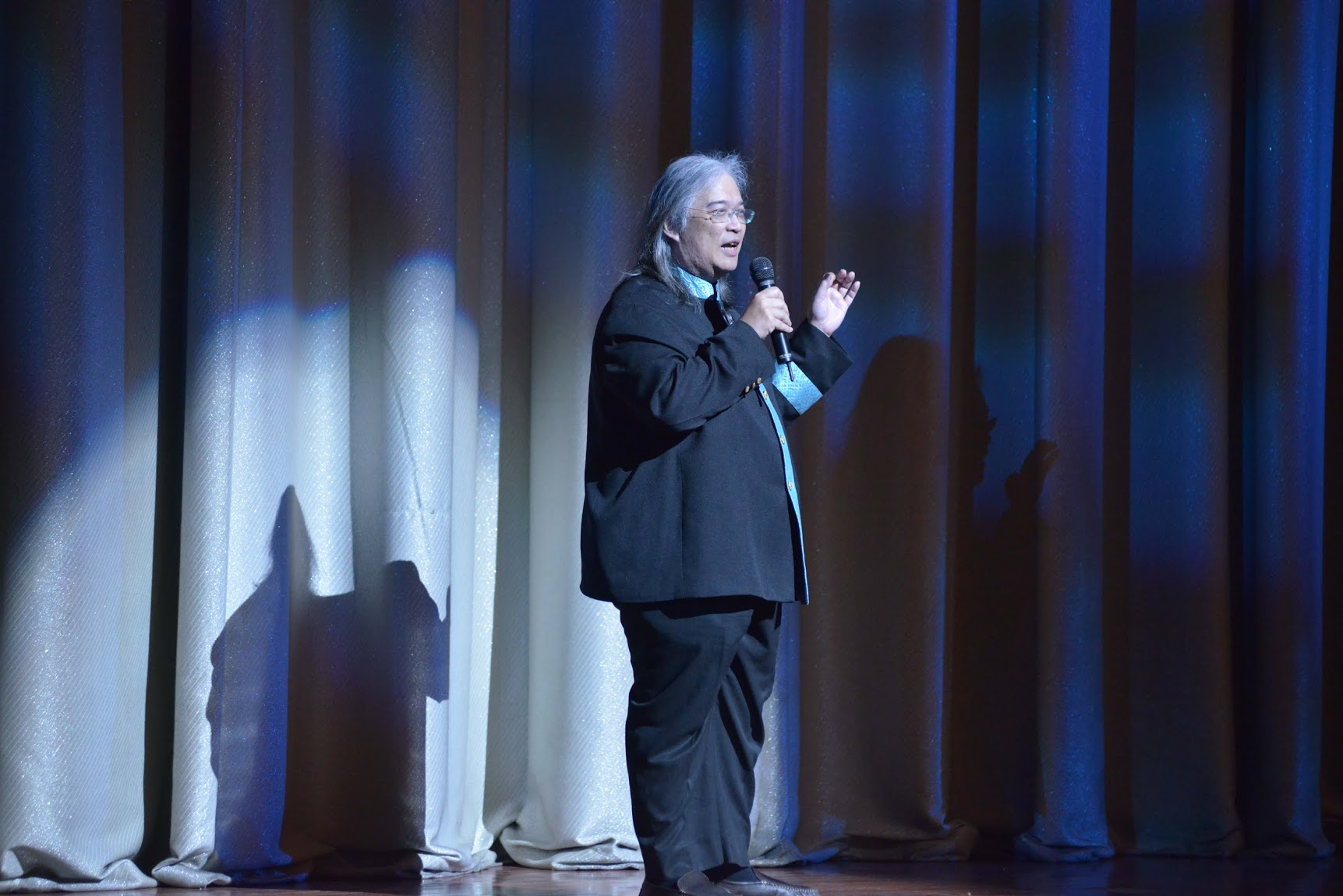
Image Copyright © Bangkok Opera Foundation
Graham K. Rogers teaches at the Faculty of Engineering, Mahidol University in Thailand where he is also Assistant Dean. He wrote in the Bangkok Post, Database supplement on IT subjects. For the last seven years of Database he wrote a column on Apple and Macs. He is now continuing that in the Bangkok Post supplement, Life. |
|

For further information, e-mail to
Back to
eXtensions
Back to
Home Page